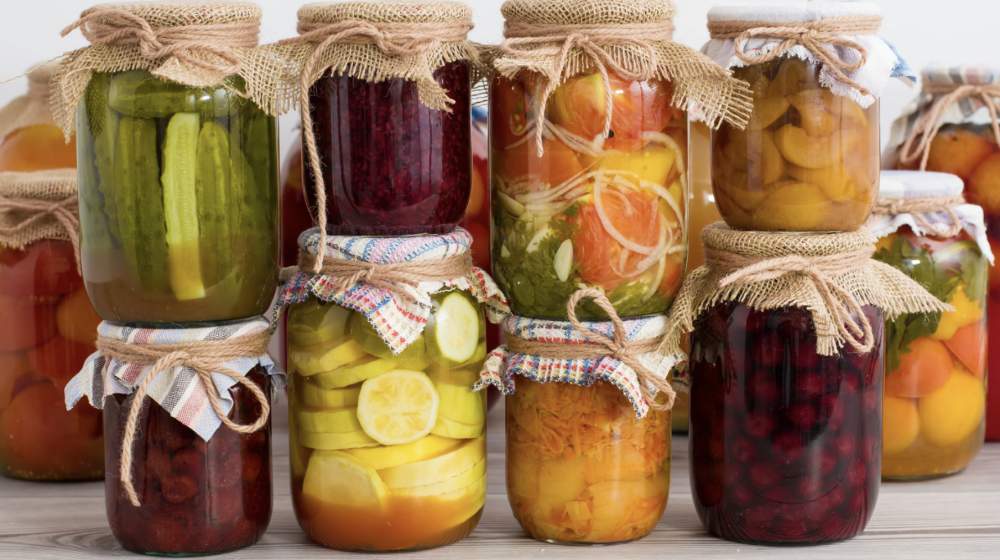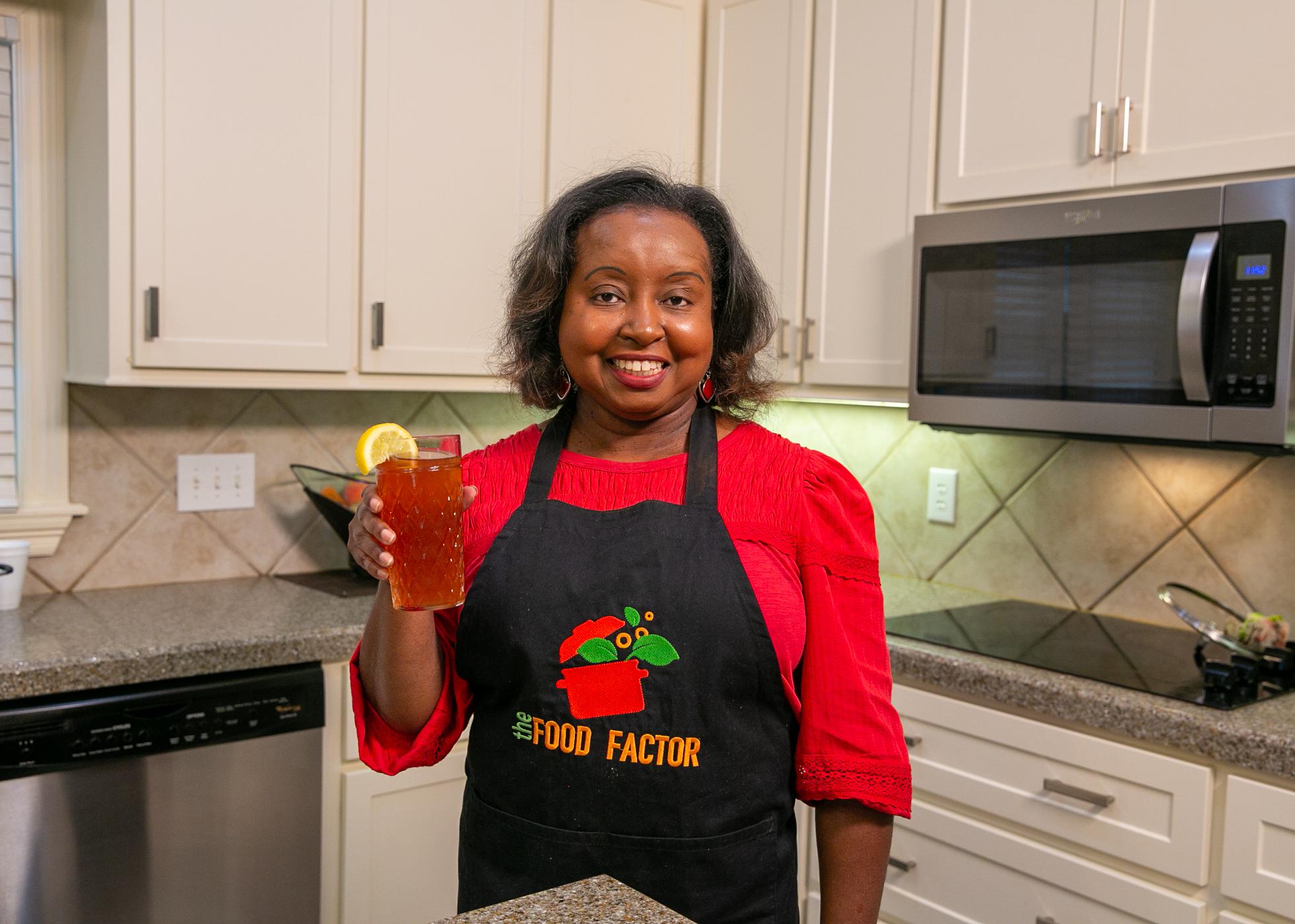10 Home Canning Mistakes to Avoid

Are you canning some of your summer garden harvest this year? If so, be sure to follow scientifically tested recipes and methods to ensure a safe product.
Are you canning some of your summer garden harvest this year? If so, be sure to follow scientifically tested recipes and methods to ensure a safe product.
Some canning mistakes can be deadly if your products are contaminated by the botulinum toxin, which causes botulism poisoning. You cannot see, smell, or taste this toxin, but the tiniest taste of contaminated food can kill you.
Our friends at Utah State University Extension put together the following list of 10 major canning mistakes to avoid.
Using your own recipe. Always use scientifically tested recipes. These recipes have been tested by the U.S. Department of Agriculture in a laboratory to determine the correct measurements of all ingredients, jar size, measurements of pH, time, temperature, and pressure. The combination of these elements helps kill potential bacteria.
Adding extra starch, flour, or other thickener to a recipe. A thicker product will not heat as quickly, which could result in botulism poisoning.
Adding extra onions, chilies, or other vegetables to salsa. More ingredients reduce the acidity of the recipe, which could result in botulism poisoning.
Using an oven instead of a water bath for processing. Ovens do not provide sufficient heat to kill harmful bacteria when canning. Open kettle canning and dishwasher processing also are unsafe and should be avoided.
Not making altitude adjustments. Products could be under-processed and unsafe to eat if you do not adjust pounds of pressure or processing time at higher altitudes.
Not venting a pressure canner. Venting removes air pockets in the canner that can create cold spots, which do not allow the contents to get as hot as needed to kill harmful bacteria.
Not testing dial-type pressure canner gauges each year. An inaccurate gauge can mean products do not get processed at the right temperature and for the proper time. This can lead to botulism poisoning.
Not adding acid to tomatoes. Different varieties of tomatoes have different acidity levels. Without enough acid, the product can cause botulism poisoning.
Cooling a pressure canner under running water. Residual heat from the cooling pressure canner is calculated into the processing time and is necessary for a safe product.
Allowing food prepared for “hot pack” processing to cool in the jars before placing them in a canner to process. This could result in under-processed food. Under-processed salsa, vegetables, and canned meat can cause botulism poisoning.
Find more canning mistakes, cautions, general rules, and general rule exceptions on USU Extension’s website.
For more information about home canning and botulism, visit the Centers for Disease Control and Prevention website.
Mississippi State University Extension Publication 1152, “The Complete Guide to Home Canning,” provides more detailed information about equipment, supplies and preservation techniques.
For more information about research-based home canning recommendations, visit the National Center for Home Food Preservation website.
“So Easy to Preserve” is a good resource to have on hand if you do a lot of home canning. Published by University of Georgia Extension, the home canning cookbook is in its 6th edition.
New to home canning? Our “Home Canning: Where Do I Start?” blog post can help get you on the right track.
Subscribe to Extension for Real Life
Fill in the information below to receive a weekly update of our blog posts.









